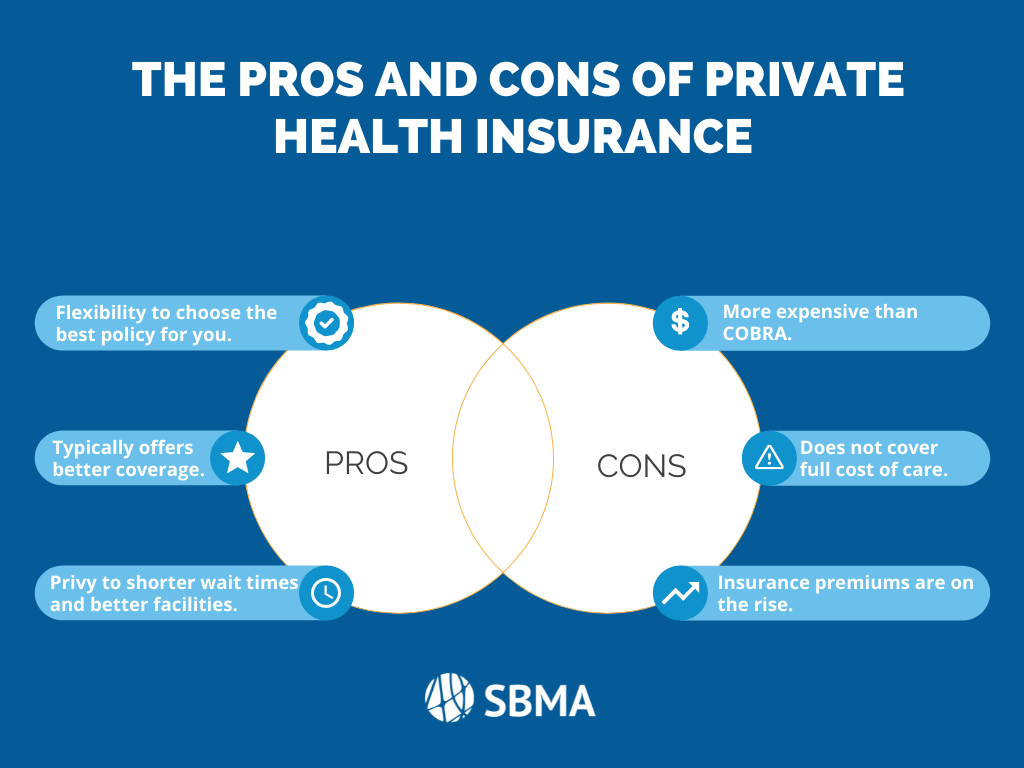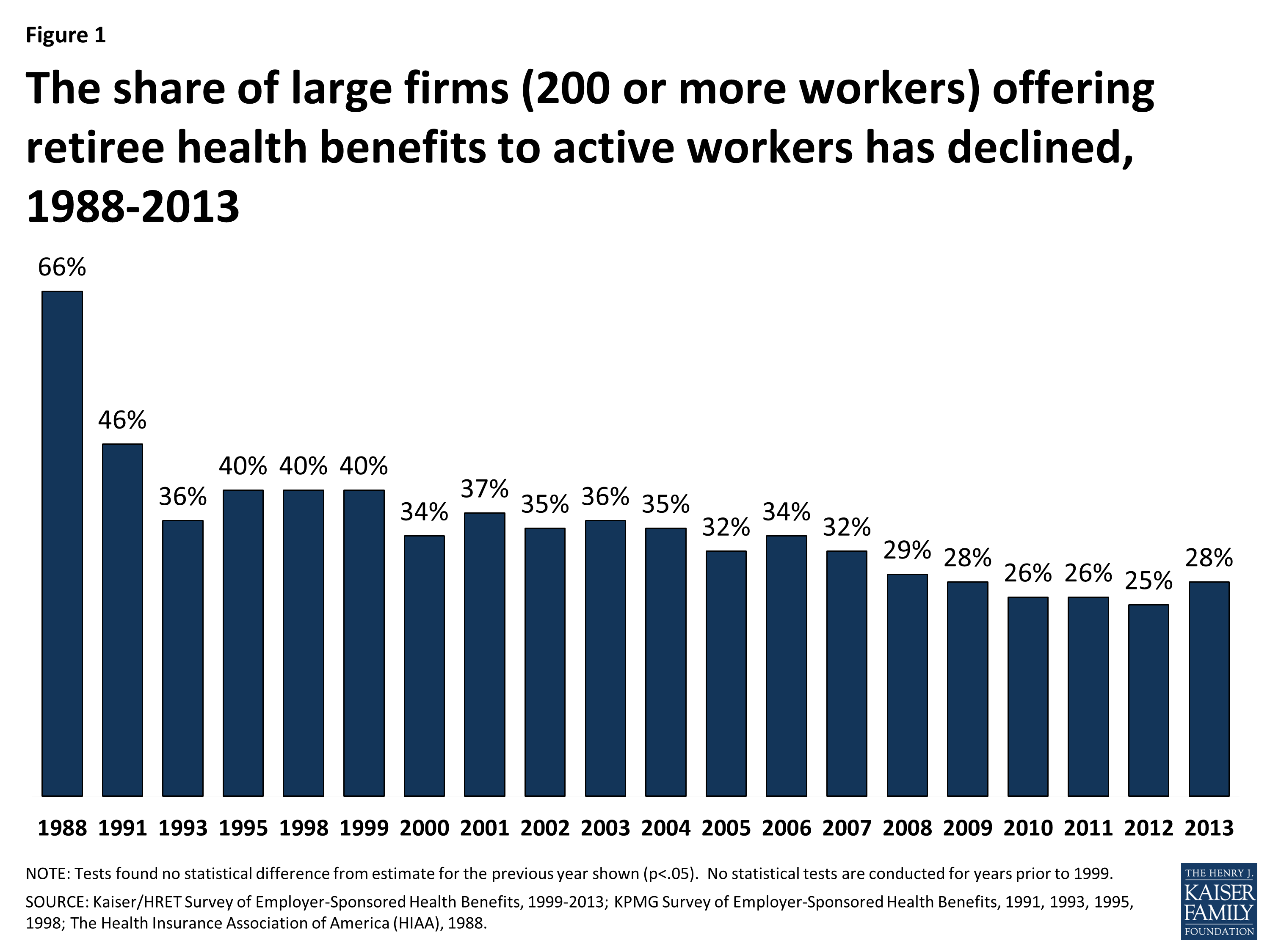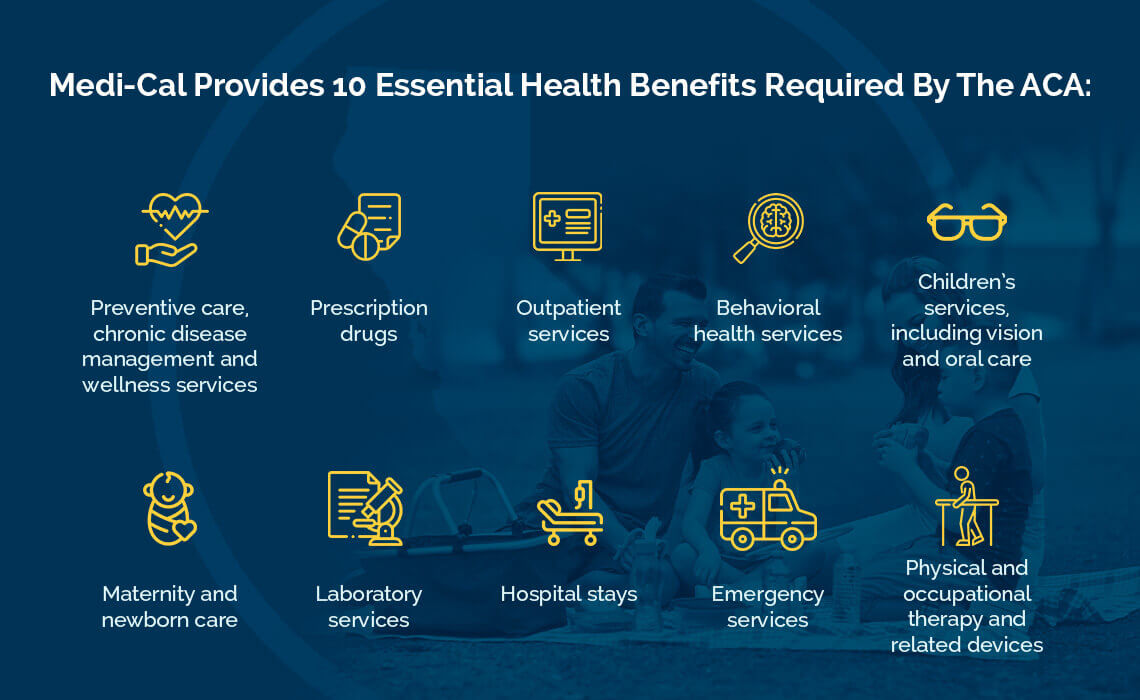The Best Strategy To Use For Medicare Advantage Agent
The Best Strategy To Use For Medicare Advantage Agent
Blog Article
The Best Strategy To Use For Medicare Advantage Agent
Table of ContentsWhat Does Medicare Advantage Agent Mean?How Medicare Advantage Agent can Save You Time, Stress, and Money.5 Easy Facts About Medicare Advantage Agent Shown

adheres to from confusing the reasonably young age profile of the without insurance with the better health and wellness, typically, of more youthful persons. This obscures the link between health and wellness status and wellness insurance. For those without accessibility to workplace medical insurance, bad health and wellness is a prospective obstacle to buying nongroup protection due to the fact that such insurance coverage might be extremely valued, leave out pre-existing conditions, or be just unavailable. The variety of without insurance Americans is not especially large and has actually not altered recently. Seven out of 10 respondents in a nationally depictive study believed that less Americans did not have medical insurance than actually do(Fronstin, 1998). About fifty percent(47 percent )thought that the variety of people without health insurance coverage reduced or remained continuous over the last half of the last years(Blendon et al., 1999). This decline of virtually 2 million in the number of individuals 'without insurance policy (a decrease
of about 4 percent)is certainly a favorable adjustment. With a softer economic climate in 2000 the most recent reported gains in insurance protection may not proceed(Fronstin, 2001 ). The decline in the number of without insurance will not proceed if the economic situation stays slow and wellness care prices proceed to outmatch rising cost of living. This is because the data were gathered for a period of solid economic performance. Of the estimated 42 million individuals who were uninsured, almost regarding 420,000(concerning 1 percent)were under 65 years old, the age at which most Americans become qualified for Medicare; 32 million were grownups between ages 18 and 65, around 19 percent of all grownups in this age; and 10 million were children under 18 years old, about 13.9 percent of all kids (Mills, 2000). These estimates of the variety of individuals uninsured are produced from the yearly March Supplement to the Current Populace Survey (CPS), carried out by the Census Bureau. Unless or else kept in mind, national quotes of individuals without health and wellness insurance policy and proportions of the population with various sort of insurance coverage are based upon the CPS, the most commonly used resource of estimates of insurance protection and uninsurance prices. These surveys and the quotes they produce are described briefly in Table B. 1 in Appendix B - Medicare Advantage Agent. These surveys differ in dimension and tasting methods, the questions that are asked about insurance policy
Get This Report about Medicare Advantage Agent
insurance coverage, and the moment duration over which insurance coverage or uninsurance is gauged(Lewis et al., 1998, Fronstin, 2000a ). Still, the CPS is especially beneficial due to the fact that it creates yearly price quotes fairly rapidly, reporting the previous year's insurance coverage estimates each September, and due to the fact that it is the basis for a constant set of price quotes for even more than twenty years, permitting evaluation of fads in coverage with time.

The Greatest Guide To Medicare Advantage Agent
Over a three-year duration beginning early in 1993, 72 million individuals, 29 percent of the U.S. populace, were without insurance coverage for a minimum of one month. Within a solitary year(1994), 53 million people experienced a minimum of a month without coverage(Bennefield, 1998a). 6 out of every 10 without insurance adults are themselves used. Working does enhance the chance that one and one's household participants will certainly have insurance coverage, it is not a warranty. Also members of families with 2 permanent breadwinner have almost a one-in-ten opportunity of being uninsured (9.1 percent without insurance price)(Hoffman and Pohl, 2000 ). The connection in between medical insurance and accessibility to care is well developed, as documented later in this phase. The connection in between wellness insurance and wellness results is neither straight nor simple, a considerable clinical and health solutions research literary works links health and wellness insurance policy coverage
to improved enhanced accessibility care, better much better, and improved enhanced and population populace statusCondition As an example, the second record, on individual wellness results for without insurance adults, is represented by the innermost circle of the figure, while the 3rd report, on family health, encompasses the subjects of the 2nd record yet highlights a different unit of analysis, specifically, the family. The sixth record in the collection will certainly offer details about techniques and efforts taken on in your area, statewide, or country wide to address the absence of insurance policy and its damaging effects. Levels of analysis for checking out the effects of uninsurance. This conversation of medical insurance protection focuses largely on the united state populace under age 65 since basically all Americans 65 and older have Medicare or various other public coverage.
Moreover, it focuses particularly on those with no medical insurance for any type of length of time. The issues faced by the underinsured are in some aspects similar to those dealt he said with by the uninsured, although they are generally less extreme. Uninsurance and underinsurance, nonetheless, include distinctly different plan issues, and the techniques for resolving them might differ. Throughout this research and the 5 reports to comply with, discover here the primary focus gets on persons with no health insurance coverage and hence no help in spending for health and wellness treatment past what is available via charity and safeguard organizations. Wellness insurance coverage is an effective element impacting receipt of care since both individuals and physicians respond to the out-of-pocket rate of services. Medical insurance, nonetheless, is neither needed nor enough to access to medical services. Nonetheless, the independent and straight impact of health and wellness
insurance coverage on accessibility to health and wellness services is well established. Others will certainly obtain the healthcare they need even without health and wellness insurance, by paying for it expense or seeking it from suppliers who supply treatment complimentary or at highly subsidized prices. For still others, medical insurance alone does not guarantee receipt of treatment due to other nonfinancial barriers, such as a lack of healthcare providers in their area, limited access to transport, illiteracy, or linguistic and cultural differences. Official research study about without insurance populaces in the USA dates to the late 1920s and very early 1930s when the Board on the Expense of Medical Treatment generated a series of records concerning financing medical professional office visits and hospitalizations. This concern became prominent as the varieties of clinically indigent climbed up throughout the Great Depression. Empirical research studies continually sustain the link between access to care and boosted wellness outcomes(Bindman et al., 1995; Starfield, 1995 ). Having a normal resource of care can be considered a forecaster of accessibility, as opposed to a direct procedure of it, when health and wellness outcomes are themselves used as accessibility indicators. This expansion of the notion of accessibility dimension was made by the IOM Committee on Checking Gain Access To to Personal Health Treatment Provider(Millman, 1993, p. Whether or not moms and dads are insured shows up to influence whether or not their kids get care in addition to just how much careeven if the youngsters themselves have insurance coverage(Hanson, 1998). The health and wellness of parents can impact their capacity to take care of their children and the level of family anxiety. Stressing over their youngsters's accessibility to care is itself a resource of stress and anxiety for moms and dads. 3 phases follow in this record. Chapter 2 provides an introduction of just how employment-based medical insurance, public programs and individual insurance plans run and communicate to supply considerable however incomplete protection of the U.S. population. This consists of an evaluation of historical patterns and public laws influencing both public and personal insurance policy, a conversation of the communications amongst the various sorts of insurance policy, and an assessment of why people relocate from one program to an additional or wind up

Report this page